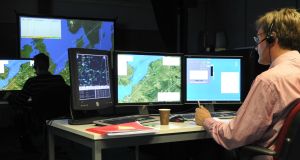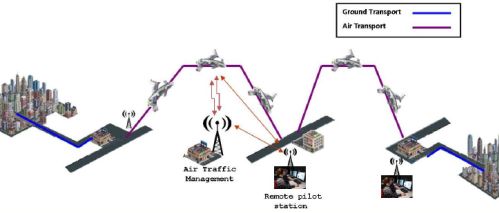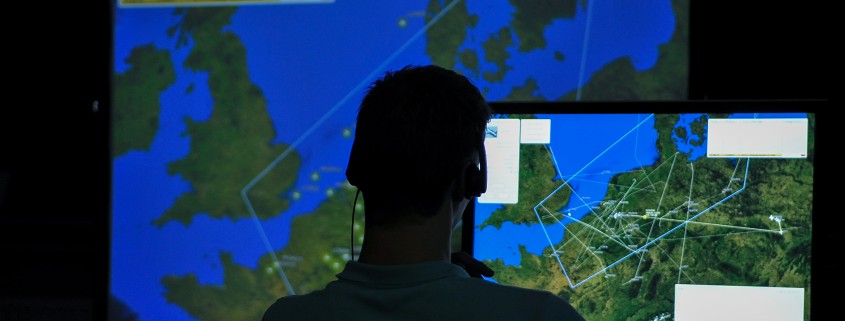 Within the European ‘Out of Box’ project, PPlane (Personal Plane), 13 institutions are researching the range of possibilities involving personal aircraft. The National Aerospace Laboratory (NLR) is a partner in PPlane and has recently conducted a major experiment in a simulated environment. This experiment revealed that a ground pilot is exceedingly capable of simultaneously remotely flying a large number of personal planes from a remote pilot station , thus, at a distance.
Within the European ‘Out of Box’ project, PPlane (Personal Plane), 13 institutions are researching the range of possibilities involving personal aircraft. The National Aerospace Laboratory (NLR) is a partner in PPlane and has recently conducted a major experiment in a simulated environment. This experiment revealed that a ground pilot is exceedingly capable of simultaneously remotely flying a large number of personal planes from a remote pilot station , thus, at a distance.
As part of the European Union’s 7th Framework Project, the PPlane project is developing pioneering ideas for personal air transportation systems in Europe, with an eye on 2030 and beyond, including a fully automated system that can be controlled by a ground pilot situated in the remote pilot station. PPlane passengers do not need to have any pilot training, and there is room onboard for three to four people. The entry and exit points are comparable to those of a car sharing system, such as Greenwheels.
Within the PPlane project, NLR is studying the role of the pilot in the ‘Human Factors’ work package. In the recently concluded experiment, NLR specifically studied the work load of the PPlane ground pilot in the remote pilot station and also the stress levels, situational awareness and human errors. A competency profile for ground pilots was also compiled for the purpose of selecting and training future ground pilots. From this it emerged that the role of a PPlane ground pilot shares many similarities with that of air traffic controllers and pilots of unmanned aircraft systems. As part of the experiment, NLR developed a simulated environment with user interface in its UAS-lab (Unmanned Aircraft System). The simulations involved the PPlane ground pilot flying various scenarios and being tested in emergency situations.
The experiments revealed that the ground pilot was mainly engaged with monitoring the PPlanes in his sector, reacting to unexpected situations (such as emergencies), and communicating with the various parties involved, such as the passengers and air traffic controllers. It emerged that the ground pilot can simultaneously monitor at least 30 PPlanes, provided no unexpected situations arise. If an emergency does occur, the ground pilot was found to be incapable of maintaining an overview of the entire air traffic situation in his sector. In such cases, the ground pilot needs a backup ground pilot to provide support, in order that the main ground pilot can then concentrate on controlling the emergency situation.

For more information: www.pplane-project.org.
Photo above: the experiment is performed in NLR’s UAS Lab (Unmanned Aircraft System). Photo below: the ‘non roadable PPlane system’


